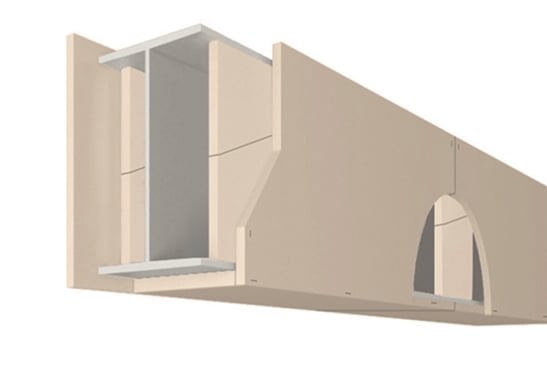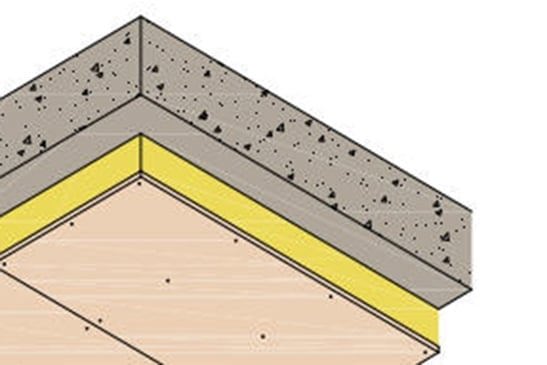Promat Technical Support
Contact our technical support team with your questions on passive fire protection solutions, our products and systems or installation advice.
Steel loses its loadbearing capacity at a temperature in excess of 550°C during a fire; therefore structural steel protection (e.g. with board, paint, spray etc) is required to preserve the stability of the building structure in the event of fire. All Promat products and systems have been tested at nationally accredited laboratories around the world to a variety of standards, e.g. BS 476: Part 21, AS 1530: Part 4, DIN 4102, ASTM E119 and EN 13381-4.

Steel framed structures now account for some 70% of the multi-storey framed market, with stringent criteria for fire protection requirements.
Promat offers a full range of board and spray products providing flexible solutions to meet a variety of installation and fire protection needs.
More information available in the Fire Protection Handbook and Technical Data Sheets.

Promat offers a number of solutions to address the increasing requirement for thermal upgrading and fire protection of semi-exposed concrete decks both in the conversion and refurbishment of existing and new building constructions.
More information available in the Fire Protection Handbook and Technical Data Sheets.